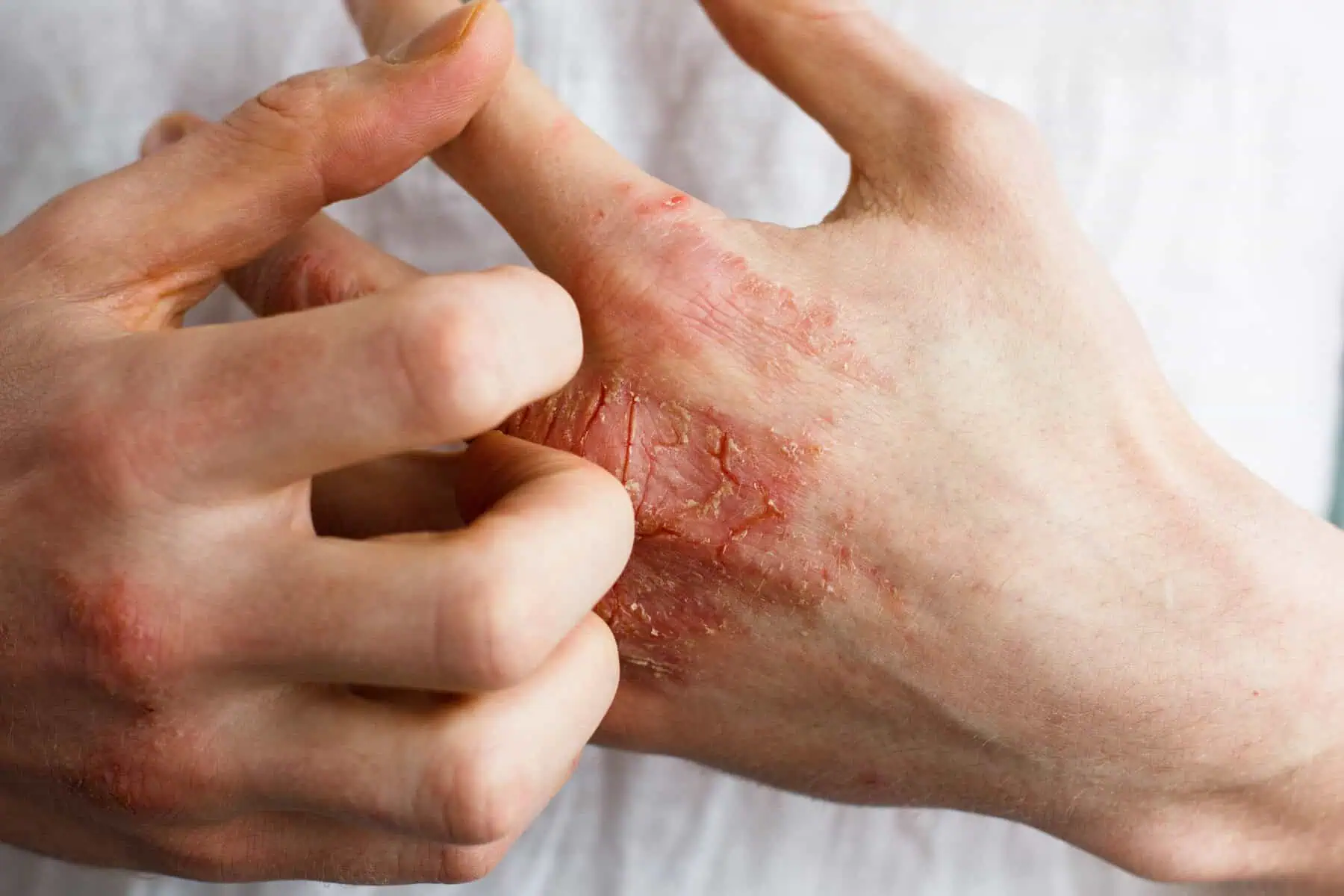Atopic Dermatitis in New York, NY

Atopic Dermatitis in New York, NY
Itchy, red, and inflamed skin are signs and symptoms of atopic dermatitis, commonly called eczema. This condition often affects children and can continue into adulthood, causing discomfort and possibly skin infections. The condition typically presents in cycles, with periods of flare-ups followed by remissions. Treatment for Atopic Dermatitis includes regular moisturizers to maintain skin hydration, corticosteroid creams to reduce inflammation, and some lifestyle adjustments to minimize exposure to triggers that can cause flare-ups.
Causes and Variations of Atopic Dermatitis
Atopic dermatitis is generally believed to result from a combination of various factors, in addition to genetics and environment. It is more likely that people with a family history of allergies or asthma will develop this type of illness. The skin of people with Atopic Dermatitis cannot often retain moisture, leading to dryness and vulnerability to irritants. Variations of the condition include acute flare-ups involving intense itching and redness and chronic forms where the skin becomes thickened and leathery due to prolonged irritation.
What Are the Different Procedures for Treating Atopic Dermatitis?
Several procedures can be performed for nevi mole removal, depending on the type and location of the mole and the patient’s preference. Below are detailed descriptions of each procedure:
Moisturizers
Moisturizers are essential in the management of Atopic Dermatitis. They help restore the skin’s barrier function, keeping it hydrated and protecting it from irritants. These products work well because they lock in moisture. They are applied several times a day, especially after bathing. Using moisturizers regularly can reduce the frequency and severity of flare-ups.
Corticosteroid Creams
Corticosteroid creams are a standard Atopic Dermatitis treatment that reduces inflammation and alleviates itching. These creams are typically applied directly to affected areas of the skin, providing relief from acute symptoms. Depending on the severity of the condition, different strengths of corticosteroids may be prescribed. A healthcare provider should monitor regular use to avoid side effects such as skin thinning.
Lifestyle Adjustments
Laser removal is an option for superficial nevi that do not extend deep into the skin. A concentrated beam of light is used to break down the pigment within the mole, gradually fading it over multiple sessions. Laser Removal is less invasive and typically results in minimal scarring. However, it may not be suitable for all types of nevi, particularly those that are deeper or have atypical characteristics.
What are the results of treating atopic dermatology?
Treating Atopic Dermatitis can significantly improve an individual’s quality of life by reducing symptoms such as itching, redness, and discomfort. With consistent care, many people experience more extended periods of remission and fewer flare-ups. If you or a loved one is suffering from Atopic Dermatitis, consider booking an appointment at Park Plaza Dermatology in New York, NY, to explore your treatment options and find relief.
Benefits of Treating Atopic Dermatitis
- Reduced itching and discomfort
- Decreased risk of skin infections
- Improved skin appearance
- Fewer flare-ups
- Enhanced quality of life
- Better sleep due to reduced nighttime itching
- Increased self-esteem
- Prevention of skin thickening and scarring
- Lower need for stronger medications
- Healthier skin barrier function
Frequently Asked Questions
There is a link between atopic dermatitides and genetic factors, such as allergies or asthma in the family, and environmental triggers, such as allergens, irritants, and stress. The condition is also linked to an impaired skin barrier that cannot effectively retain moisture.
Atopic Dermatitis is typically diagnosed through a clinical examination by a dermatologist. According to the patient’s medical history, the skin appears scaly, there is itching, and the patient’s skin appears burned. In some cases, allergy testing may be necessary to identify certain triggers.
While there is no cure for Atopic Dermatitis, appropriate treatments, including moisturizers, corticosteroid creams, and lifestyle modifications, can make the condition more manageable. Long-term management can help control symptoms and reduce flare-ups.
Asthma may be caused by a variety of factors, including allergens (such as pollen, dust mites, and pet dander), irritants (such as harsh soaps and detergents), extreme temperatures, stress, and certain fabrics. In order to manage the condition, it is essential to identify and avoid these triggers.
Moisturizers should be applied several times a day, especially after bathing, to maintain skin hydration and prevent dryness. Regular application is essential for managing Atopic Dermatitis and reducing the frequency of flare-ups.
The use of corticosteroid creams as directed by a healthcare professional is generally safe. A long-term use of this product can, however, result in side effects such as skin thinness, discoloration, or stretch marks. It is important to follow your dermatologist’s instructions and use the prescribed strength appropriate for your condition.
